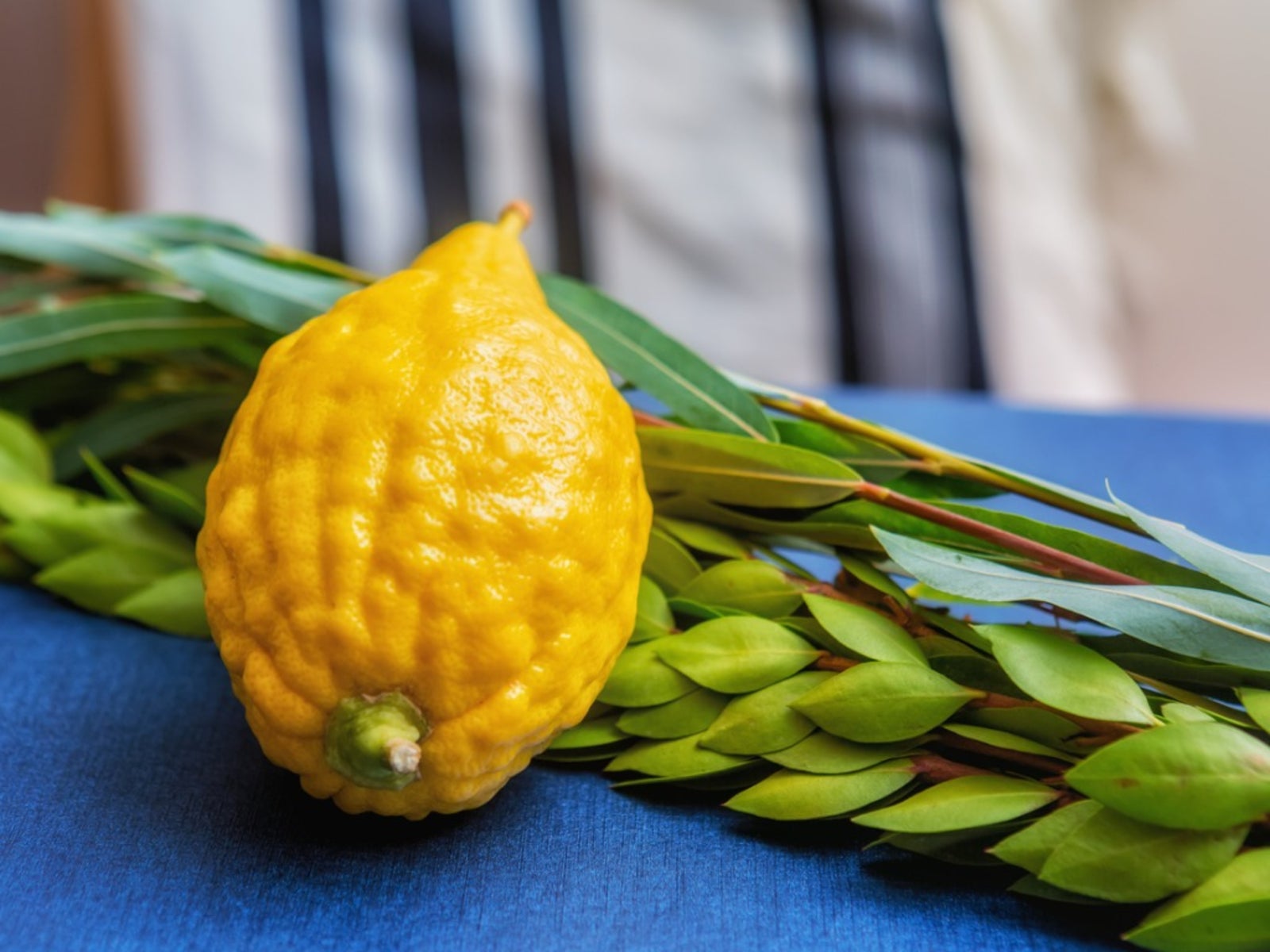Growing Etrog Citron: How To Grow An Etrog Tree

Of the large variety of citrus available, one of the oldest, dating back to 8,000 B.C., bears etrog fruit. What is an etrog you ask? You may have never heard of growing etrog citron, as it is generally too acidic for most people’s taste buds, but it holds special religious significance for Jewish people. If you are intrigued, read on to find out how to grow an etrog tree and additional care of citron.
What is an Etrog?
The origin of etrog, or yellow citron (Citrus medica), is unknown, but it was commonly cultivated in the Mediterranean. Today, the fruit is primarily cultivated in Sicily, Corsica and Crete, Greece, Israel and a few of the Central and South American countries.
The tree itself is small and shrub-like with new growth and blossoms tinged with purple. The fruit looks like a large, oblong lemon with a thick, bumpy rind. The pulp is pale yellow with lots of seeds and, as mentioned, a very acidic taste. The aroma of the fruit is intense with a hint of violets. The leaves of the etrog are oblong, mildly pointed and serrated.
Etrog citrons are grown for the Jewish harvest festival Sukkot (Feast of Booths or Feast of Tabernacles), which is a Biblical holiday celebrated on the 15th day of the month of Tishrei following Yom Kippur. It is a seven-day holiday in Israel, elsewhere eight days, and celebrates the Israelites' pilgrimage to the Temple in Jerusalem. It is believed that the fruit of the etrog citron is “the fruit of a goodly tree” (Leviticus 23:40). This fruit is highly prized by observant Jews, specifically fruit that are unblemished, which may sell for $100 or more.
Less than perfect etrog fruit is sold for culinary purposes. The rinds are candied or used in preserves as well as flavoring for desserts, alcoholic beverages and other savory dishes.
How to Grow an Etrog Tree and Care of Citron
Like most citrus trees, the etrog is sensitive to cold. They can survive short bursts of freezing temps, although the fruit will likely be damaged. Etrog trees thrive in subtropical to tropical climates. Again, as with other citrus, growing etrog citron dislike “wet feet.”
Propagation occurs via grafts and seeds. Etrog citron for use in Jewish religious ceremonies cannot be grafted or budded onto other citrus rootstock, however. These must be grown on their own roots, or from seed or cuttings descended from stock known to have never been grafted.
Sign up for the Gardening Know How newsletter today and receive a free copy of our e-book "How to Grow Delicious Tomatoes".
Etrog trees have wickedly sharp spines, so be careful when pruning or transplanting. You will probably want to plant the citrus in a container so you can move it indoors as temperatures dip. Be sure that the container has drainage holes so the tree’s roots are not drenched. If you keep the tree indoors, water once or twice a week. If you keep the etrog outdoors, especially if it is a hot summer, water three or more times per week. Lessen the amount of water during the winter months.
Etrog citron is self-fruitful and should bear fruit within four to seven years. If you wish to use your fruit for Succot, be aware that you should have your growing etrog citron checked by a competent rabbinical authority.

Amy Grant has been gardening for 30 years and writing for 15. A professional chef and caterer, Amy's area of expertise is culinary gardening.
